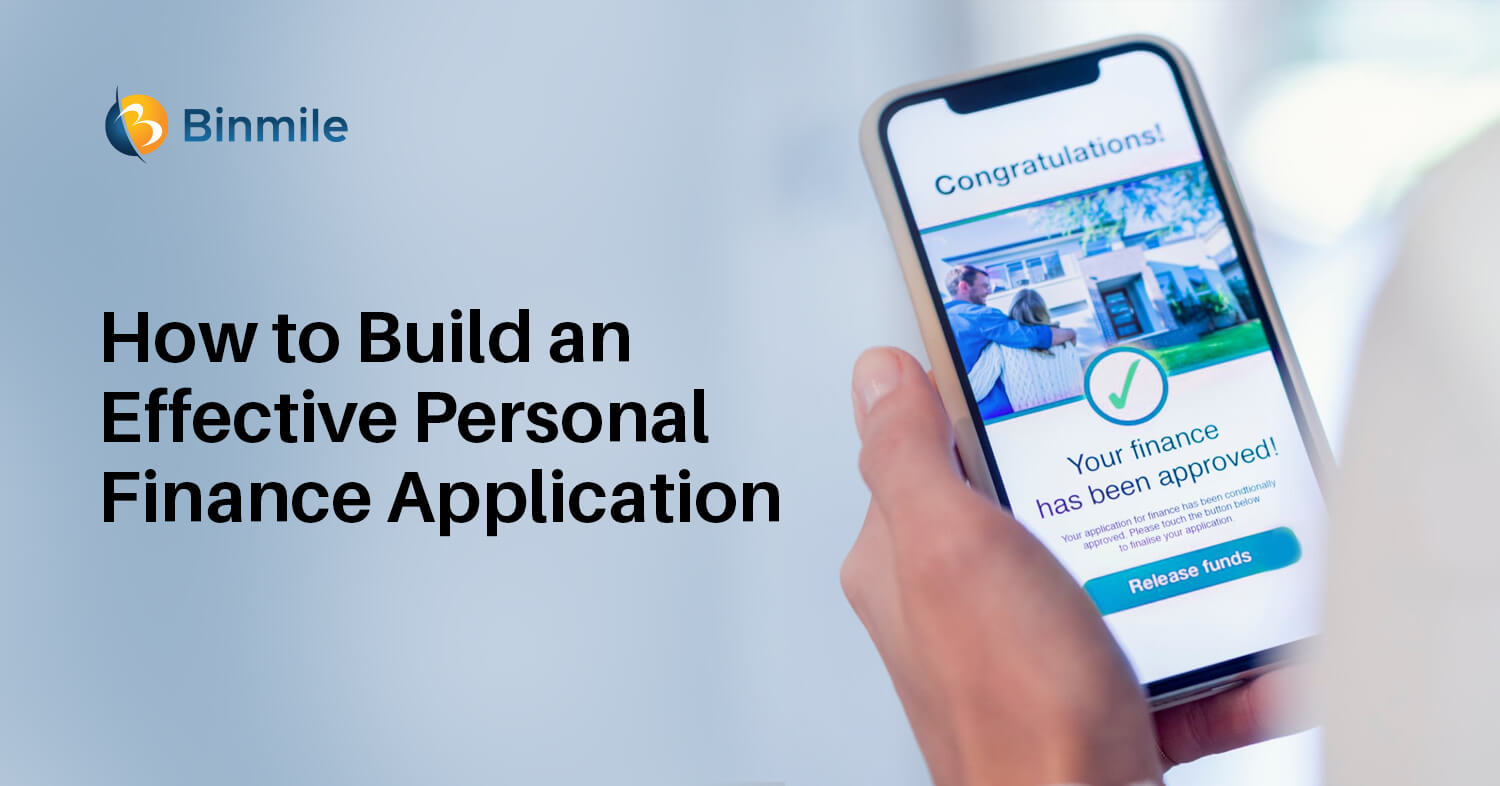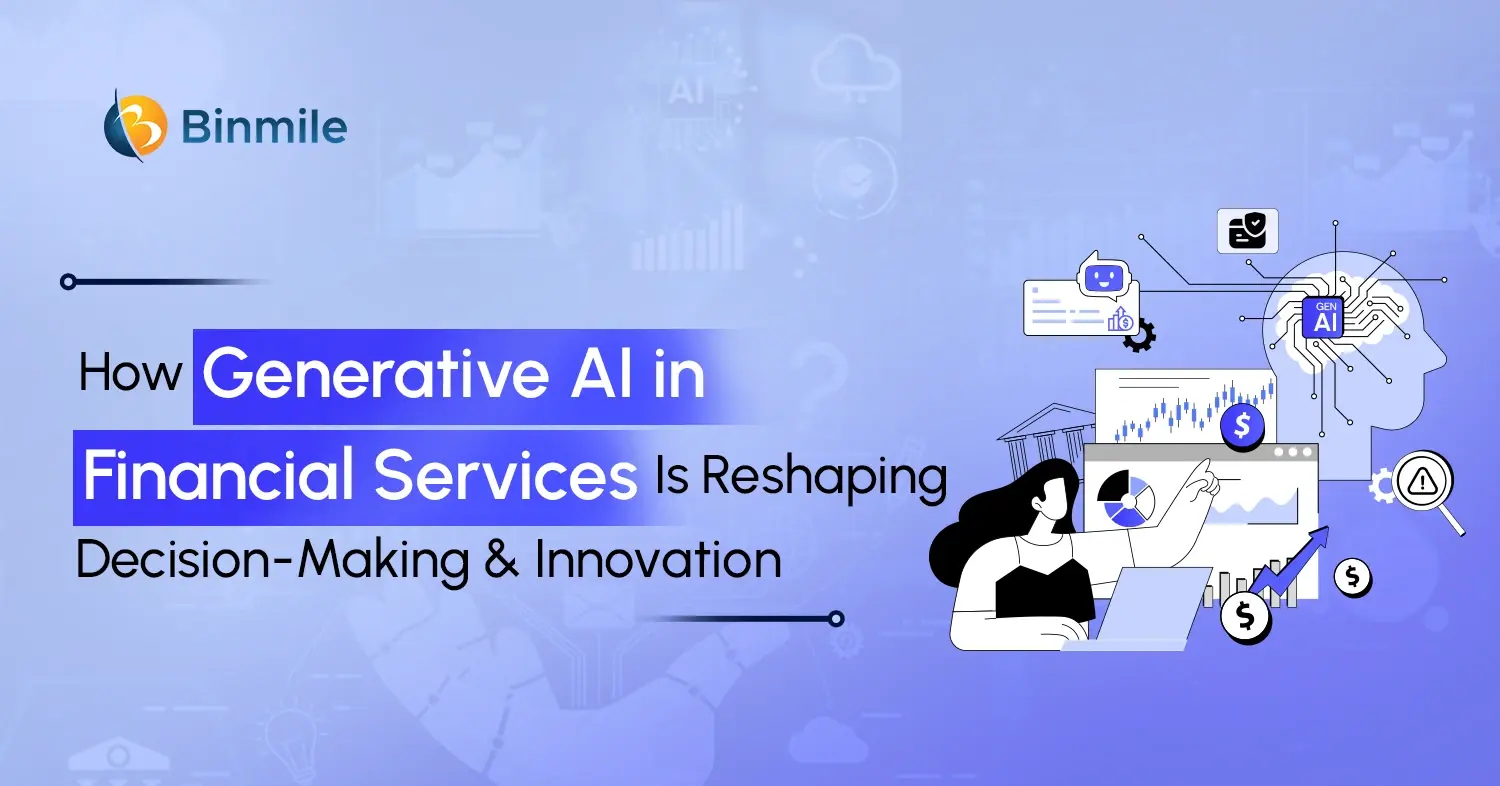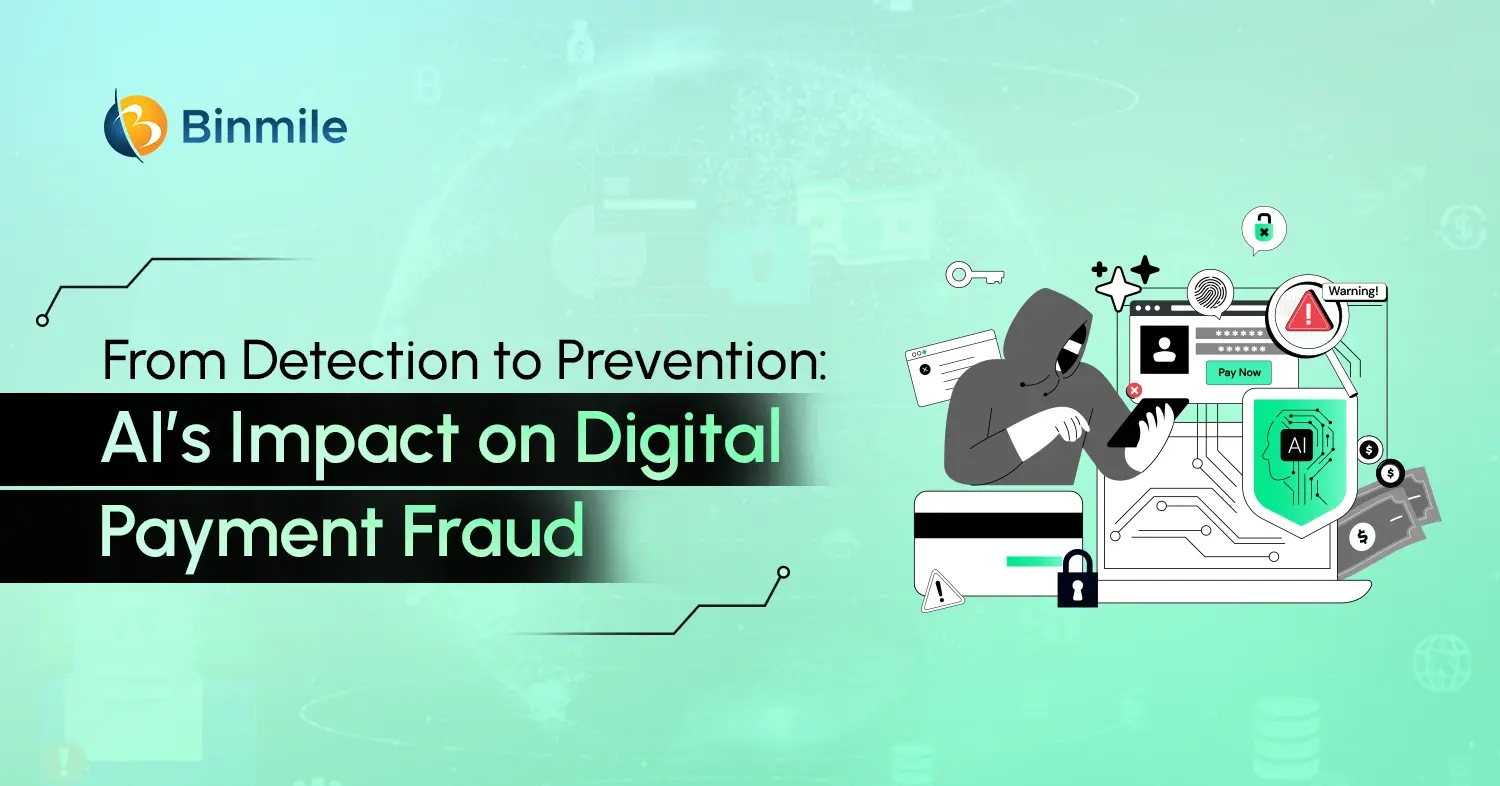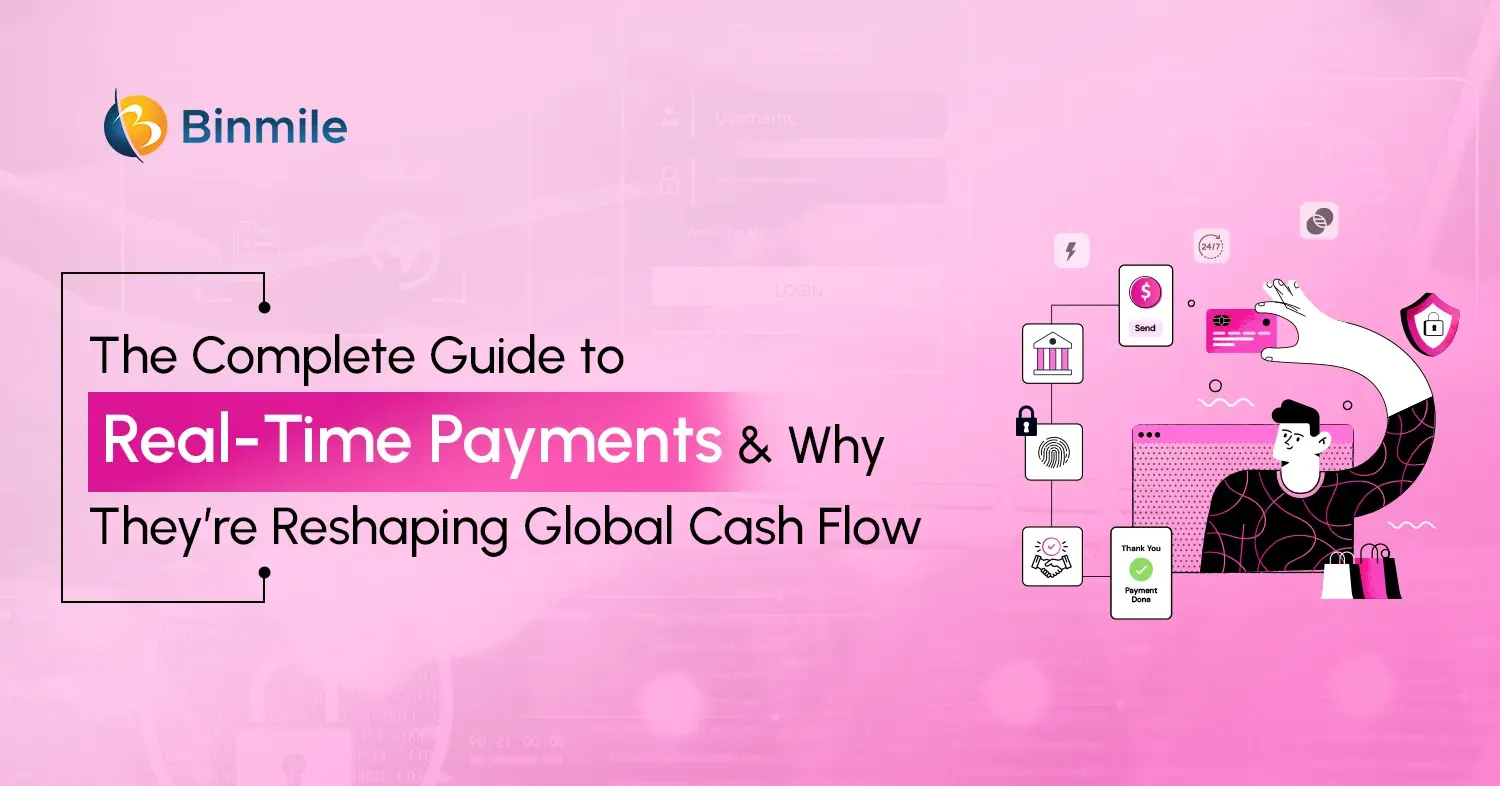- App Development Company
- Build Personal Finance Apps
- building a personal finance software
- create a finance app
- Features in a Personal Finance Application
- finance app development
- List of Top Personal Finance Apps
- personal finance application
- Software Development Services
- Standard Functions Of A Personal Finance App
- Step-by-Step Guide to build Personal Finance Apps
- Top Personal Finance Apps
- Types of Personal Finance Application
- What is a Personal Finance Application?
Personal finance application is an efficient solution to problems like managing personal finances. The task of managing personal finances is not only overwhelming but also warrants considerable time in digging through bills and receipts. Therefore, the role of a personal finance app in helping you maintain your budgeting, expenditure, and investment records for seamless access is highly significant. And, so is the investment viability of building such an app.
Personal Finance Application – Market Overview
In 2020, the market value of the finance app globally was USD 896.7 million. It is expected to grow at a CAGR of 11.1% during the forecast period of 2021-2028, reportedly.

The report attributes the growing demand for asset management apps in the Asia Pacific region to the rising market value of the finance app market globally. In addition, the growth is also credited to the surge in the adoption of financial trackers and money managers in the U.S.
What is a Personal Finance Application? What is its Role for Users?
Like every application that is designed to perform certain tasks, the personal finance app is also designed as a money management app to perform certain tasks. For instance, users can use the app to regulate and keep track of their financial flows. They can set a budget; and receive insightful updates about their savings and spending. Obliviously, the role of the is to help users make informed financial decisions. For example, they can know where to invest their money. Besides, they get an idea, about how to save and manage their finances, as well as get the opportunity to generate additional money.
Standard Functions of a Personal Finance App
- It assists users in tracking their bills and expenses
- You can use it to calculate your income and spending
- You get insight into planning out your budget and managing finance
- It helps you generate insightful reports by analyzing the data
- The app gives transparent details about users’ income and expenses
Types of Personal Finance Application
1. Simple Financial Apps
These apps feature the simplest functionality and allow users to plan their purchases, control expenses, and perform other related tasks. Besides, users have to input their financial data, as well as indicate the category of every purchase and income manually.
Pros:
- A completely secure app as it rules out linking any bank accounts of the users
- It is the least expensive to build due to the simplest app development process
Cons:
- It may appear monotonous for users, in terms of updating financial inputs manually
- Less effective than the apps with a variety of modern features
- Could be an error-prone due to manual update of data
2. Complex Financial Apps
These apps come equipped with advanced functionality. Unlike simple financial apps. They are designed in a way that users can automate their money management process intelligently. For example, you can use the app to link up your cards and bank accounts to ensure automatic data synchronization.
Pros:
- These apps are all-inclusive and feature advanced functionality
- They can perform various functions instead of the basic ones
- They efficiently help users save time
- They provide real-time updates on financial data
- The apps reduce manual work significantly, automate budget management efficiently
Cons:
- They require considerable investment in terms of security to secure sensitive financial data
- The cost of building complex financial apps is typically higher
- Building and implementing such apps is a time-consuming effort.
Also Read: Robotic Process Automation in Finance
A Step-By-Step Approach to Building a Personal Finance Application
When it comes to building a personal finance app, the task is quite herculean. Every stage of personal finance application development is crucial; from ideation to launch. Here is our rundown on building a personal finance app easily and efficiently.
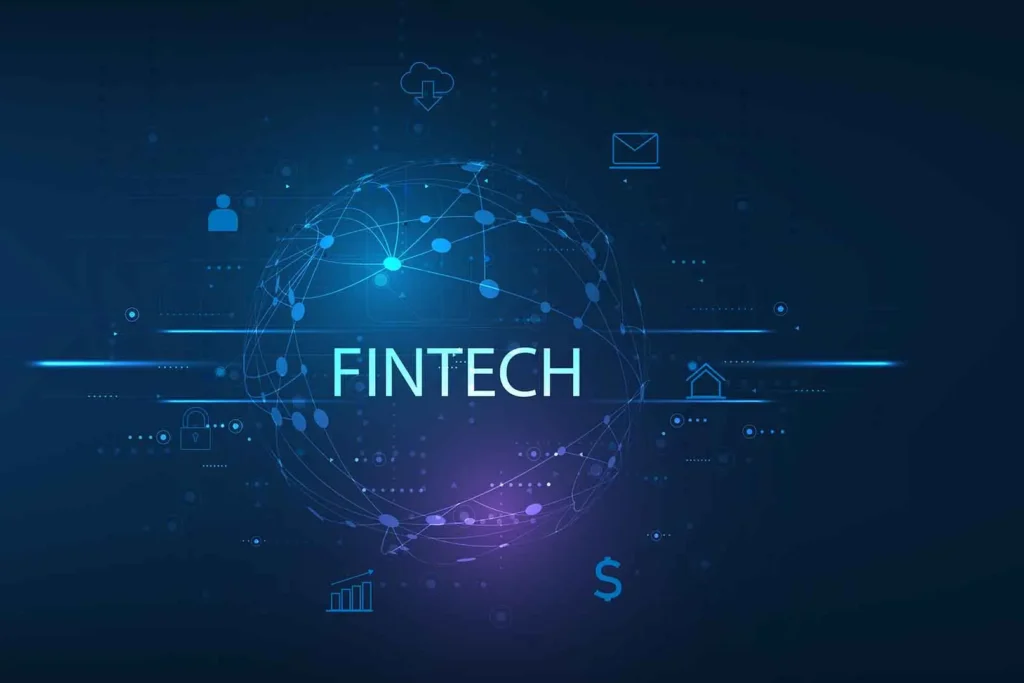
1. Ideate Your App User Persona
When it comes to building any app, it’s crucial to understand who will be using the product. Therefore, ideate a clear problem statement for your app users. Ask yourself the following questions –
- Who are the ideal users of my app?
- What are their behavioral patterns?
- What are their pain points and how effectively the app solves them?
When you have clear insights into your users, you can identify the necessary features, and build a highly productive app. Therefore, you need to broaden your area of research and define key demographic criteria to map out a user persona.
2. Conduct In-Depth Market Research
In this step, you need to conduct extensive market research encompassing competitive research as well. Analyze what your competitors are doing, and the kind of fintech app they offer. The idea is not to plagiarize their concept of the app. The idea is to ensure that you are well-informed of their tactics and what you can do to improve your app. When you conduct market research, you get an idea of your app’s user persona as well. It further helps you bring forth your unique concept of building an app that can solve the problem areas of your target app users.
3. Identify The Problem Areas And How To Solve Them
Once you have figured out existing problem areas of your target app users, identify how your app will solve those problems. For instance, the idea of financial management problems that users face can be used as a case study for your research. As a result, you can build a well-optimized application to solve the problems. Remember, the ultimate goal of building an app is to make the user experience more improved and seamless. Solving problems through the app is one of the best tactics to achieve that goal. An app resonating with the user’s needs is set to rule the roost.
4. Mind The Security Features
One of the most critical aspects of building an app is including enhanced security features in it. Ensuring unbreachable security features lays the groundwork for an efficient and better app. With rising incidents of security threats, like ransomware, security enhancement in apps has become the most critical aspect of a mobile app development process. Since financial information is crucial and sensitive data, building a finance app with improved security features is indispensable.
Tips To Secure Finance Apps:
- Safeguard user data by applying a two-factor authentication. It involves verifying a user through a passcode and then a one-time-use code sent via a text message or an email to the user.
- Encrypt the source code that would prevent hackers from reverse-engineering your app into a rogue one.
- Time out a session mode after a period to ensure that the app doesn’t run unprotected
- You can choose to implement security protocols, like GDPR (General Data Protection Regulation), and PCI DSS (Payment Card Industry Data Security Standard) in your app
- Use modern cryptography techniques, say, for example, AES with 512-bit encryption
5. Think of Launchable Features In Your App
Before building a personal finance app, ensure the types of launchable features you would include in it. Some features to consider include account authorization, user profile, and income & expense tracking. You can also consider notification features regarding transactions. Some advanced features, like linking bank account/payment services, calculations, etc. can also be considered.
6. Choose An Ideal Tech Stack
A tech stack consists of a set of programming languages, servers, databases, etc. to build web, desktop, and mobile software. Therefore, choosing the right tech stack can significantly optimize the entire project development lifecycle. For example, choosing the right technology stack for your finance app will help you save costs on the development of the product. It will speed up its creation and help you save time to scale, apart from reducing maintenance costs. Now, there are two distinct components of the tech stack for your finance app; backend, and frontend.
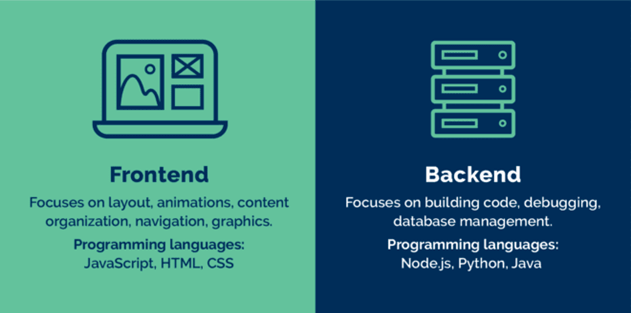
The front end is the layer of your app that users will see first and interact with. You need to choose this type of tech stack wisely. It relates to the elements of the look and feel of your app that your users will experience. It is one of the quality yardsticks for your app to generate user engagement. The backend tech stack refers to the internal aspects of your finance app. Users don’t see it but this side of the tech stack is equally crucial as frontend. It consists of programming languages, like Ruby and Python, etc.
Choose the programming language best suited to your app requirements. Besides, you may consider APIs and AI solution integrations, depending on the complexity of your finance app. Consider if you want to build a native app or a cross-platform finance app. Again, if these technical things make you confused, it is advisable to hire a reputed software development company. It will positively impact your decision to choose the right tech stack for your ambitious finance app.
7. Build a Convenient UX and UI Design
A seamless mobile app user experience is facilitated through the impeccable UI and UX of the app. That said, designing a UX and UI is one of the most indispensable aspects of building your finance app.
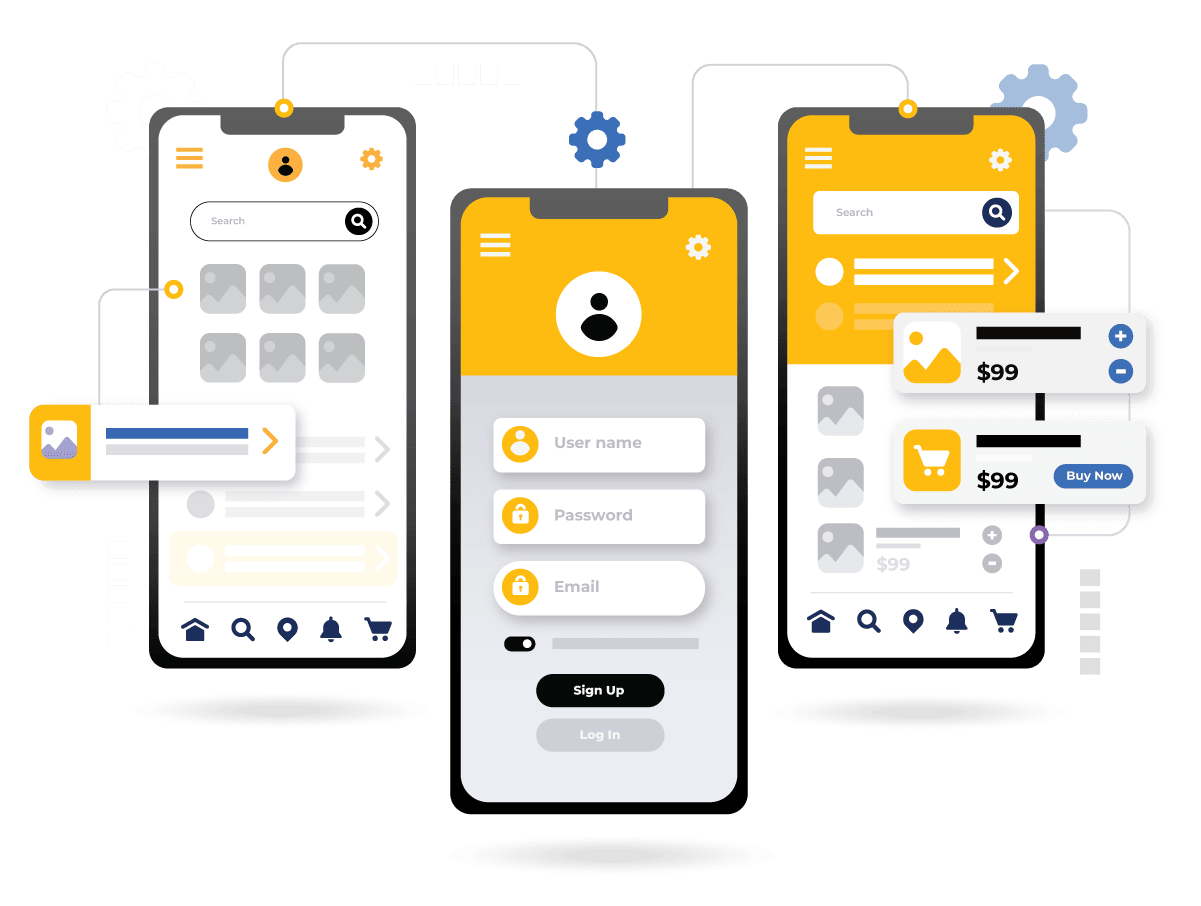
If done well, your app will pan out captivating user experiences, thereby delivering a huge impact on conversion rates and improved brand recognition of your business. Hiring custom UI and UX design services will prove beneficial for you in the context of ensuring your finance app is built cost-effectively.
8. Development And Testing
In this stage of your finance app development, your app should include basic functionalities or launchable features. Therefore, your MVP (minimum viable product) should include basic features keeping alignment with your app users’ problems. Since you are building a finance app, features like charts and graphs will help your users visualize their financial data. Once you have ideated and included the necessary features in your MVP, testing becomes the most crucial part of your finance app development.
Your QA team must test your first MVP rigorously by involving a host of measures, such as –
- Security Testing: It is done to check the security vulnerabilities of the app, in terms of threats to sensitive financial data.
- Data Integrity: It should include comprehensive database testing.
- Usability Testing: It involves checking how user-friendly the app is.
- Functional Testing: This type of testing ensures that the app’s features work as expected and according to the product’s requirements. In other words, it is done to check the proper functionality of integrations and interfaces of the app.
- Performance Testing: It involves checking factors, like load, spike, volume, and level of scalability of the app.
To make sure that your MVP outperforms your competitors, you need to see if the app runs smoothly and securely, apart from how well-adapted it is for users.
9. Launch The Finance App
Release your MVP to beta testers to ensure that you receive feedback regarding the performance and functionality of the product. Improvements based on the feedback received would finally ensure that your app is more optimized. You need to devise some promotional activities for your app for social platforms, or through paid ads or content marketing. It would ensure the improved presence of your product to the target users.
10. Consistent Maintenance
Releasing a finance app in the market is not the end of the story. in fact, that’s just the beginning. You need to monitor the performance of your app and work on its features based on users’ feedback. Maintaining and updating the app will keep the product up-to-date, and free from bugs or security vulnerabilities.
Must-Have Features in a Personal Finance Application
- Registration and Onboarding: Make the process of registration seamless for users. Ensure security is sound, including biometric authentication.
- Account Integration: Include this feature in your finance app to make it capable of gathering all crucial data, like debit cards, credit cards, loans, bank accounts, etc. The idea is to make the app a one-stop solution for financial management.
- Security Measures: Your app must feature unbreachable security standards. Include multi-factor authentication, biometric access, and real-time alerts.
- AI Chatbots for Insightful Advice: This feature will ensure more productivity of your app. It will ensure that users receive insightful advice and desired information quickly.
- Real-Time Tracking: The feature of enabling users to track their income and spending in real time would considerably boost the productivity of the app. Therefore, ensure that your app includes this feature to help users monitor their behavioral patterns, or where they are investing their money.
- Simple and Convenient: Simplicity is the beauty of an app. It doesn’t mean compromising the security of the app for the sake of simplicity. However, no users appreciate the complex app. Hence, the app should be simple and convenient to use.
- Personalization: A touch of personalization to the app improves its productivity for the users. This means customizing the app, as per the requirements of users. For example, you can present their financial transactions in an infographic report or create a helpful chatbot for them.
Other Crucial Features:
- Ensure a better user experience
- Provide 24*7customer support in different languages
- Notifications and alerts regarding more spending, low account balances, upcoming bills, etc.
- Offer rewards and points, like cashback, coupons, and credits
- Provides financial advice and consultation to customers from experts
- Add gamification to keep users engaged
List of Top Personal Finance Apps in 2024
- Mint: A go-to finance app for paying down debts, saving more money, and tracking your financial goals.
- Mvelopes: The app allows users to create customized budgets. It also facilitates linking one’s bank accounts to the app. Good for tracking your household and personal budget.
- Albert: A personal finance app that allows you to optimize your finances. You can track your spending and get notified of any suspicious transactions.
- Wally: An app that allows users to track their spending, accounts, and budgets.
Conclusion
Personal finance applications help users manage their finances. With a personal finance app, users don’t have to dig through bills and receipts and can effectively manage their finances. For instance, they can track their income and spending and make better decisions about where to invest their money. The app also helps users maintain their budgeting, expenses, and investment records that they can access seamlessly. We have talked at length about the features and the role of a personal finance application. Moreover, we have discussed extensively step-by-step approaches toward building a personal finance app. The aforementioned steps will provide you with a comprehensive guide to building an intuitive finance app for yourself. If things related to building a personal finance app seem complex to you, we advise you to hire a renowned FinTech software development company.
Create a personal finance app with Binmile!
Binmile specializes in software and application development. Get your finance app built with our profoundly experienced IT specialists at the most competitive price.
Frequently Asked Questions
Finance App Development refers to the process of creating mobile applications that offer financial services, tools, and features to users. These apps cater to various financial needs such as banking, budgeting, investing, payments, and personal finance management.
Challenges in Finance App Development may include:
- Regulatory Compliance: Ensuring compliance with financial regulations such as GDPR, PCI DSS, PSD2, and regional banking laws.
- Security Risks: Protecting sensitive user data, financial transactions, and personal information from cyber threats, data breaches, and fraud.
- User Trust and Adoption: Building user trust by offering transparent policies, secure features, and reliable customer support.
- Performance and Scalability: Designing apps that can handle high volumes of transactions, users, and data without performance degradation or downtime.
- Integration Complexity: Integrating with diverse banking systems, payment networks, and third-party services while maintaining data integrity and reliability.
- Usability and Accessibility: Creating intuitive user interfaces, accessible designs, and seamless user experiences across different devices, screen sizes, and user demographics.
To ensure the success of your Personal Finance Software project, consider the following best practices:
- Conduct thorough market research to understand user needs, preferences, and pain points related to personal finance management.
- Define clear project objectives, requirements, and success criteria, and prioritize features based on user feedback and business goals.
- Build a user-friendly and intuitive interface with a focus on simplicity, accessibility, and usability.
- Implement robust security measures to protect user data and transactions, including encryption, authentication, and access controls.
- Test the software thoroughly, including functionality testing, security testing, and performance testing, to identify and address issues early in the development process.
To create a Finance App, you can follow these steps:
- Define the target audience and their specific financial needs.
- Conduct market research to understand existing apps, user preferences, and industry trends.
- Determine the core features and functionalities of your app, considering budgeting, expense tracking, investment management, etc.
- Choose the right development approach, such as native (iOS/Android), cross-platform (React Native, Flutter), or web-based.
- Design the user interface (UI) and user experience (UX) of the app, ensuring it’s intuitive, visually appealing, and easy to navigate.
- Develop the app using appropriate technologies and programming languages, integrating APIs for features like payment processing, account aggregation, and market data.
- Test the app thoroughly to ensure functionality, security, and performance across different devices and platforms.
- Launch the app on app stores (App Store, Google Play) after obtaining necessary approvals and certifications.
- Continuously monitor user feedback, app analytics, and market trends to iterate and improve the app over time.
